As you stroll through the picturesque streets of Legnica, you will be greeted by a city rich in history and culture. Legnica, or Liegnitz as it was once known, is one of the oldest towns in Lower Silesia and radiates a warmth that extends far beyond its sun-drenched streets.
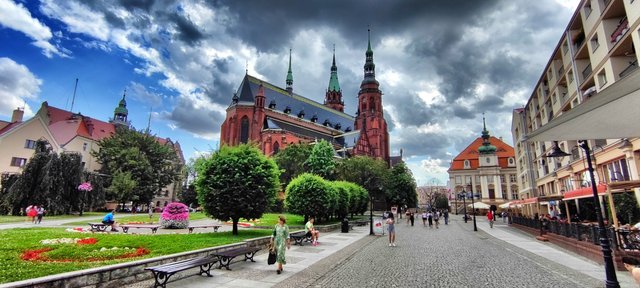 This ist beautiful indeed
This ist beautiful indeed
The city, which proudly describes itself as the sunniest in Poland, boasts an old town that retains its beauty despite the scars of the post-war period. The eventful history of Legnica can be felt everywhere, from the first mentions in 1004 to the turbulent times of the Mongol storms and the Piast rule.
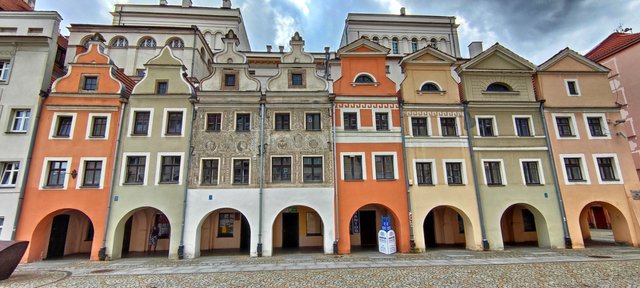 Coloured houses.
Coloured houses.
Against the Golden Horde
As the district town of Legnicki County and seat of the Catholic diocese of Legnica, the city has deep spiritual and administrative significance. The history of this city dates back to 1004, when it was first mentioned. In the following centuries, various dukes ruled over Legnica, including Boleslaus I and his son Henry I of Silesia.
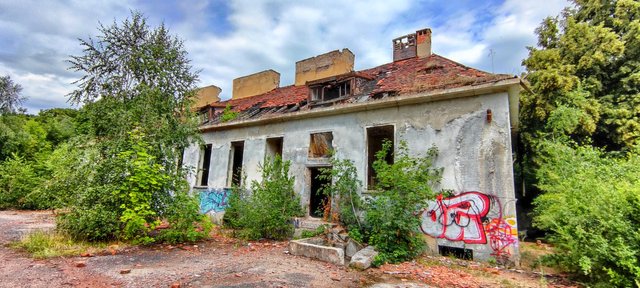 The remains of the soviets
The remains of the soviets
In 1241 the city was destroyed by an attack by the Mongols of the Golden Horde. Yes, really, the Mongols came here from the depths of the steppe thousands of kilometers away to raze a thriving city to the ground.
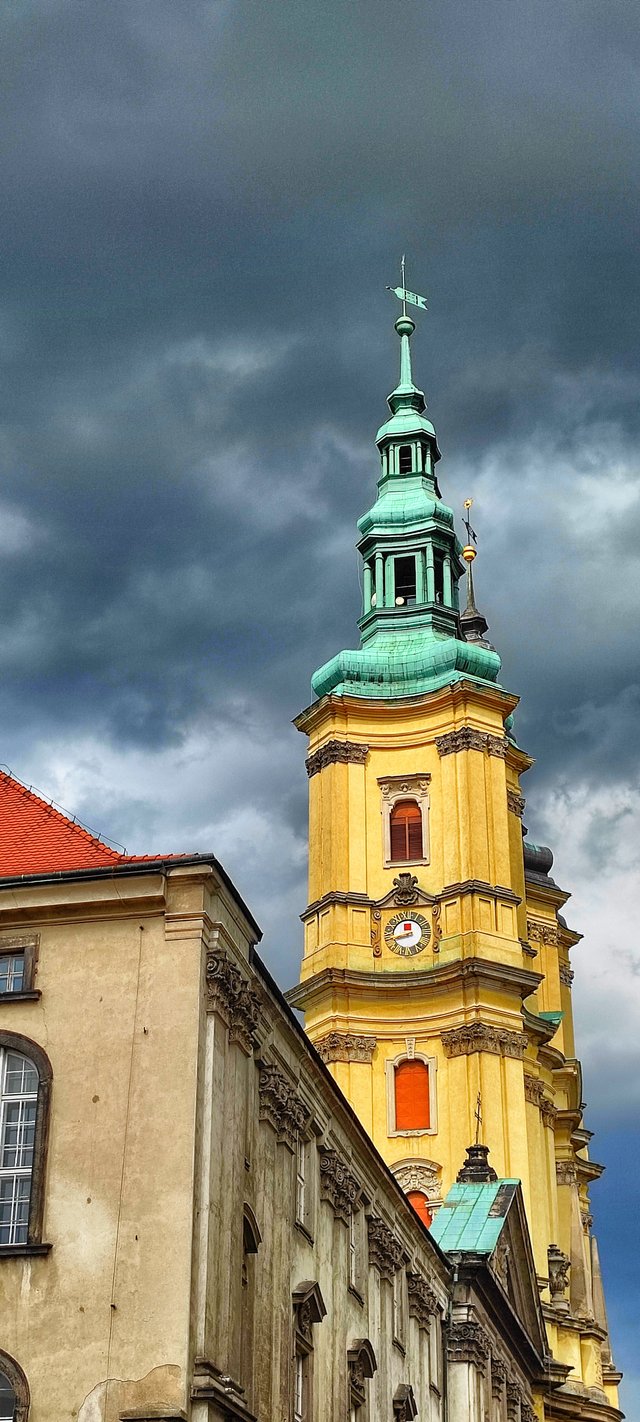 One of the old churches
One of the old churches
The Battle of Wahlstatt, which took place in 1241 between a Polish-German force and the Golden Horde, is a historical event that shaped the whole of Europe. The Wahlstatt, a hill southeast of Legnica, was the scene of this crucial moment in history. The Mongols were defeated. Europe saved itself. And Legnica did not let itself be defeated; it was destroyed, but re-founded between 1242 and 1252.
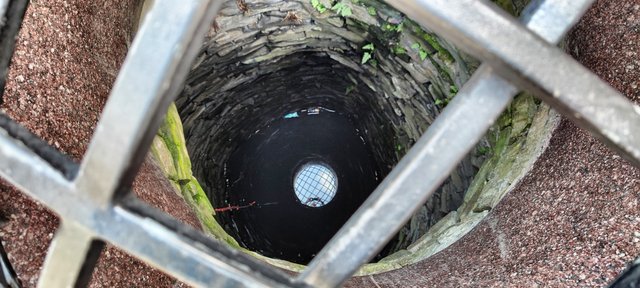 A spring on the market place
A spring on the market place
Once it was huge
However, the Piast line of rulers finally ended in 1419, and there were several changes of rulers over the next 200 years. In 1742, Liegnitz finally fell to Prussia and was declared a city district in 1874. Until 1945, Liegnitz was the capital of the administrative district of the same name in the Prussian province of Silesia.
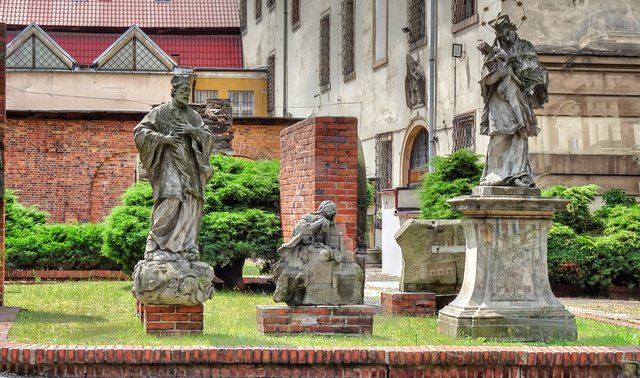 The kings of the anciet times
The kings of the anciet times
Before World War II, the city had a population of over 78,000 residents, more than three-quarters of whom were Protestant. You can still see the traces of this flourishing time everywhere today.
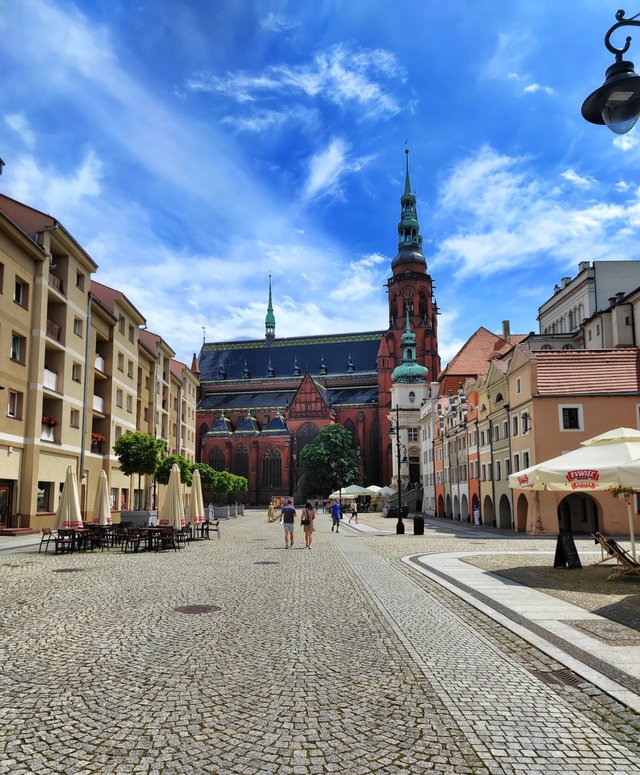 Not so much trouble on the streets
Not so much trouble on the streets
The Copper Museum, which focuses on the region's rich history, and the churches of St. Peter and Paul and the Evangelical Church of St. Mary are just some of the cultural treasures Legnica has to offer. The unique stained glass windows of these churches are a real feast for the eyes.
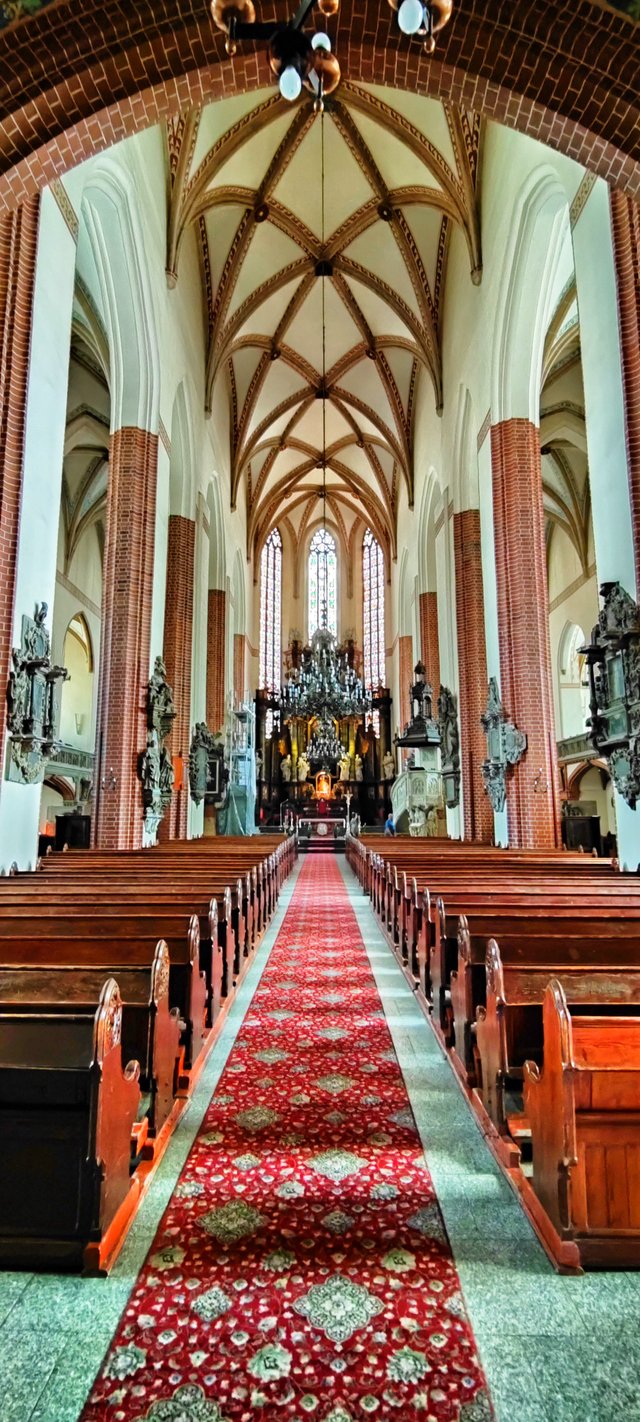
After a lost war
After the war lost by the Germans, the city was renamed under Polish administration, first to Lignica and later to Legnica. The German population was almost completely expelled and replaced by new settlers from Soviet-annexed Eastern Poland. In the post-war period, Legnica was for a long time the main base of the Soviet Army in Poland.
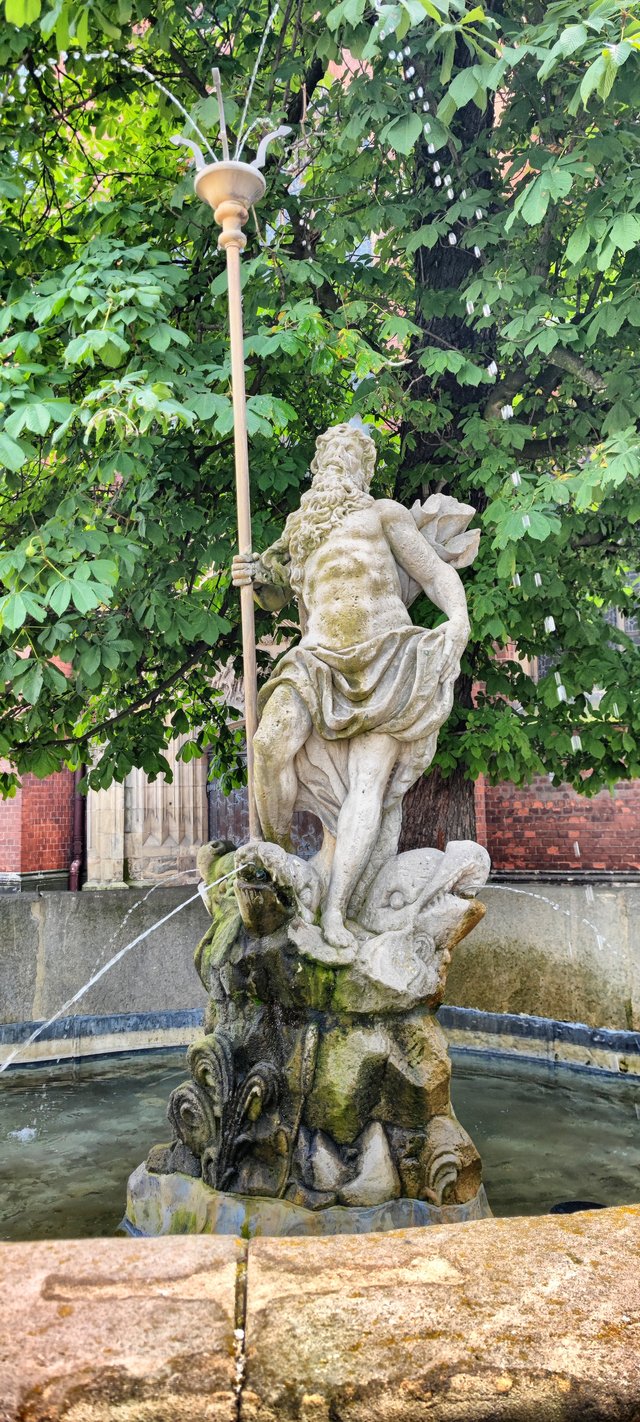
The city, once known as “Little Moscow,” was home to tens of thousands of Soviet soldiers until 1993. In the 1960s, the medieval old town, which was hardly destroyed during the war, was demolished except for a few important buildings such as churches, town halls and a few town houses and replaced by a simplified street network with socialist apartment blocks.
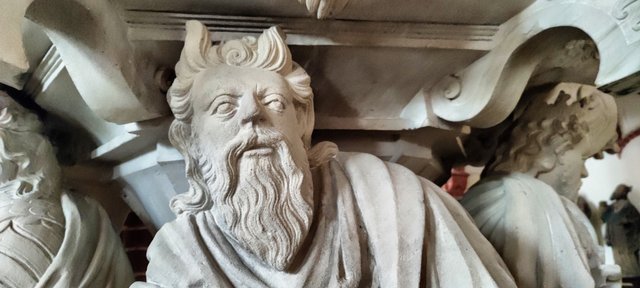
The former Glory
Today, Legnica is still regaining its former glory year after year, especially around the beautifully restored market square. The Piast Castle, the oldest brick castle in Poland, sits majestically next to the market square and is a must for every visitor.
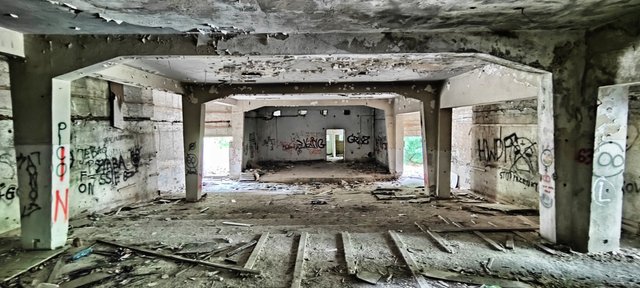 The headquarter of the vommunist army
The headquarter of the vommunist army
A visit here is an exciting journey to a charming city, one of the oldest in Lower Silesia and the third largest after Wroclaw and Wałbrzych, where there is a lot to see.
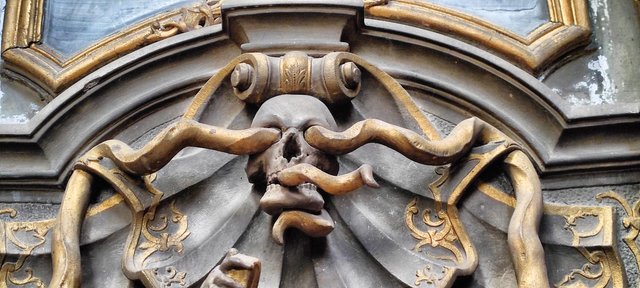 Art, Alien style
Art, Alien style
Today, Legnica is regaining its former glory every year. You can feel the charm of the city, especially near the beautifully restored market square. Right next to the Market Square is the Piast Castle, the oldest brick castle in all of Poland. It is an impressive architectural gem. With its beautiful old town, its beautiful surroundings and its eventful history, Legnica invites travelers to an unforgettable visit. that you shouldn't miss.
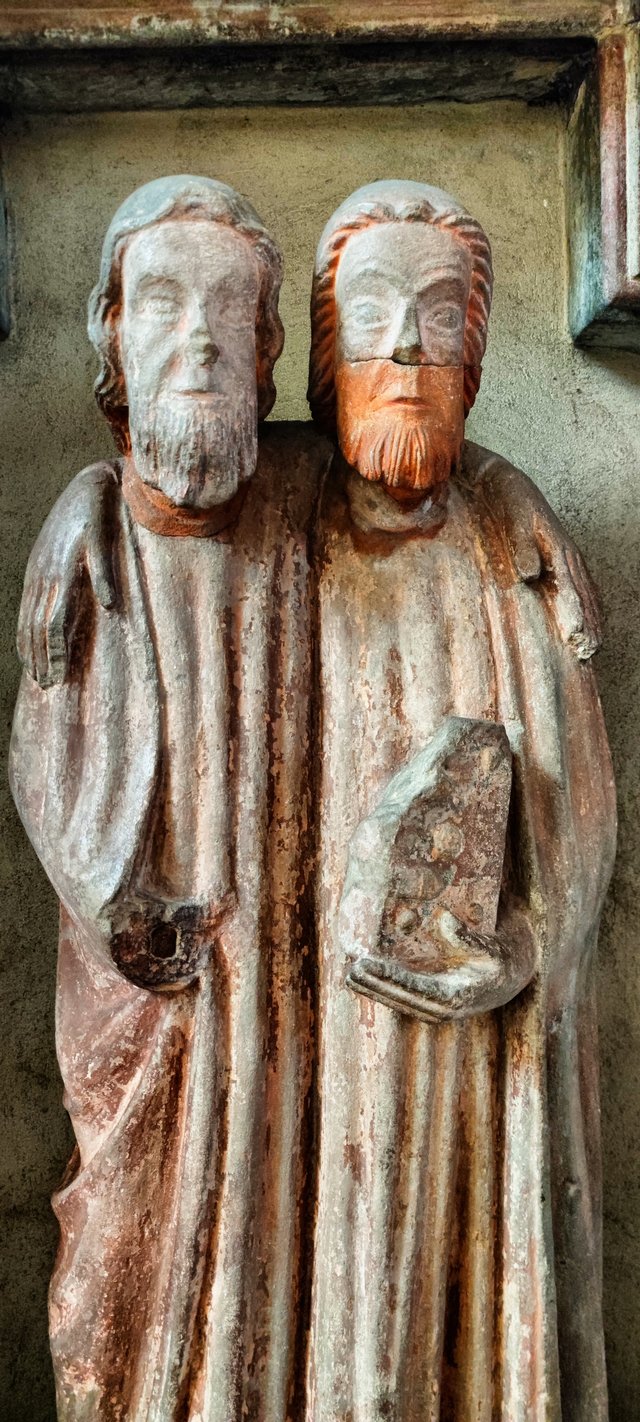 Woode made statues
Woode made statues
Pickles and sauerkraut
But Legnica, where vegetable production is world famous, is also considered the city of pickles and sauerkraut. Particularly famous are the “Liegnitz bombs”, a local delicacy and a culinary experience that should not be missed. These tempting Christmas cookies are more than just sweets; they are an echo of Liegnitz’s rich traditions.
 On the backside of the church
On the backside of the church
But despite their popularity and reputation as an irresistible delicacy, “Liegnitz bombs” are a rarity in Legnica today. The search for them leads through the tourist heart of the city, past delicatessens and herring stalls, but there are still traces of the traditional Recepts seem almost lost.
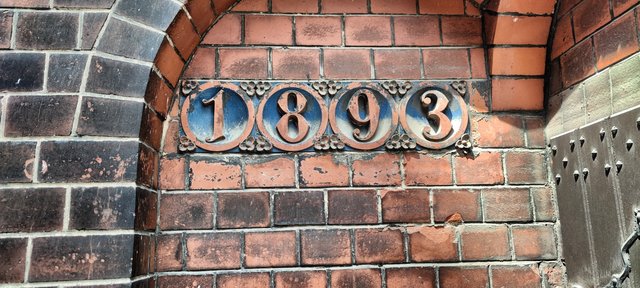 Remainings of history
Remainings of history
The “Liegnitz bombs” are more than just pastries; they are a symbol of the cultural diversity and history of a city that is constantly changing. They are a reminder of a time when Liegnitz was famous for its culinary products and they represent the hope that old traditions can be rediscovered and preserved. Legnica is a city that honors its past while boldly looking into the future.
Thank you for reading and if you like my work please follow me on Hive, Travelfeed or Steem or visit my homepage koenau.de
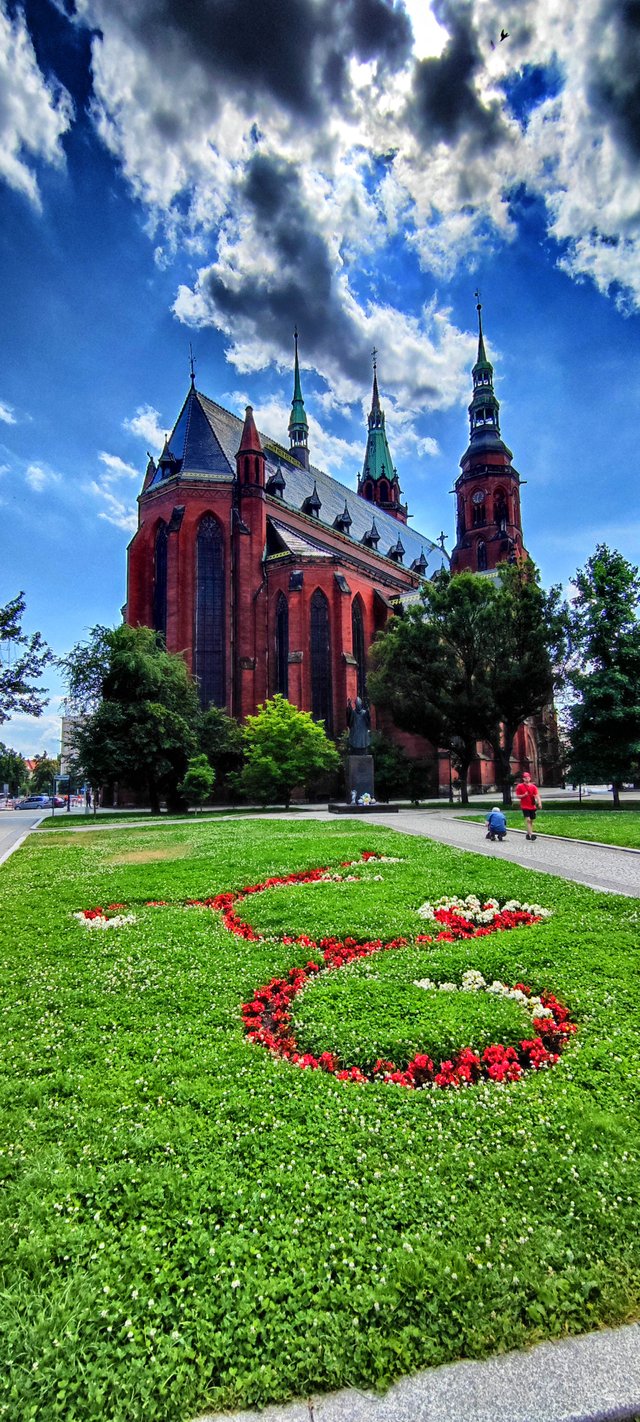
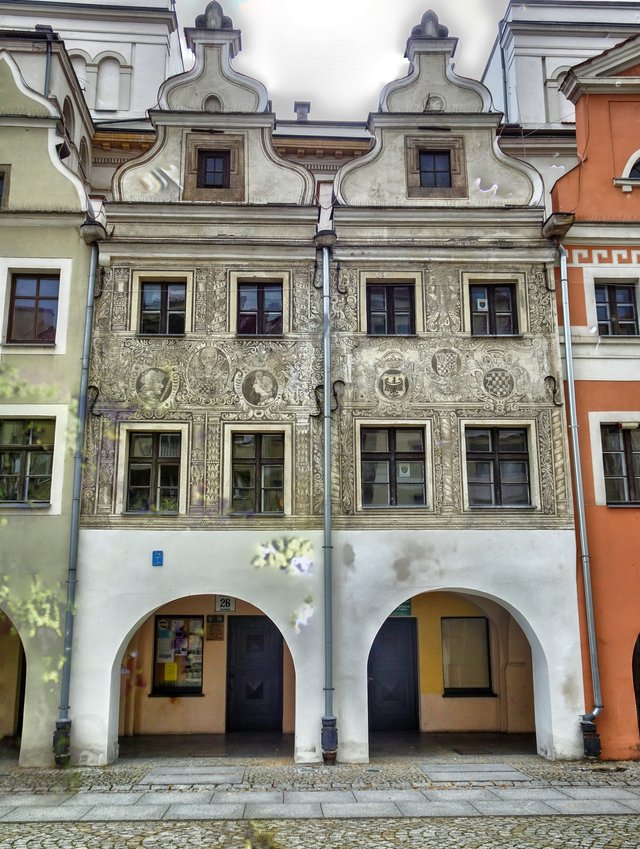
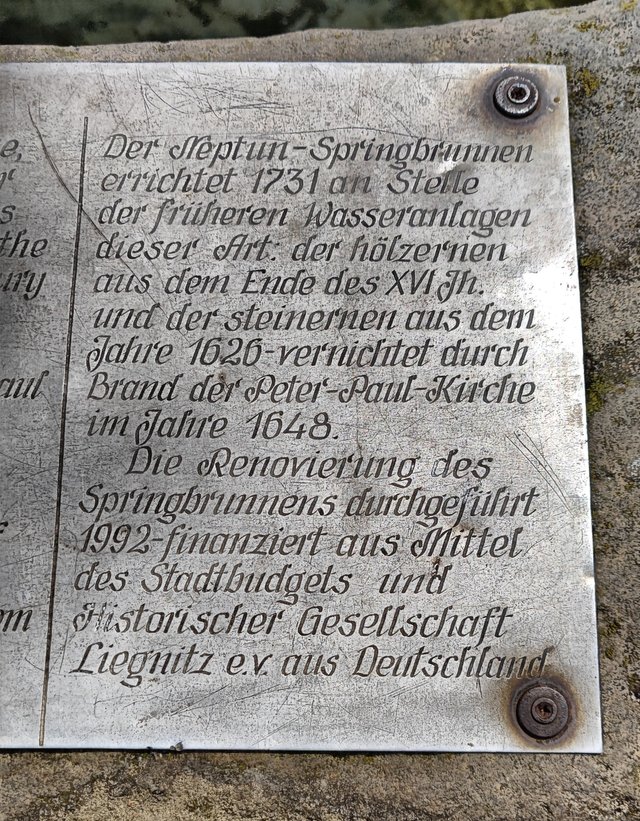
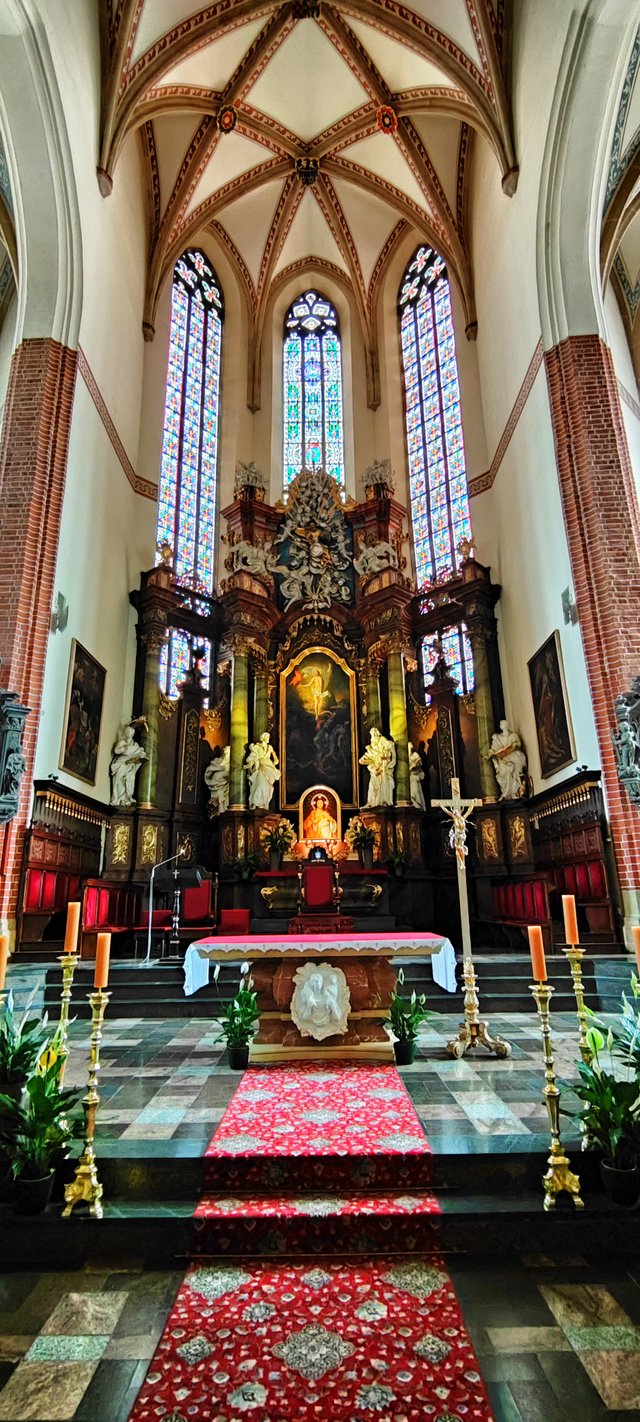
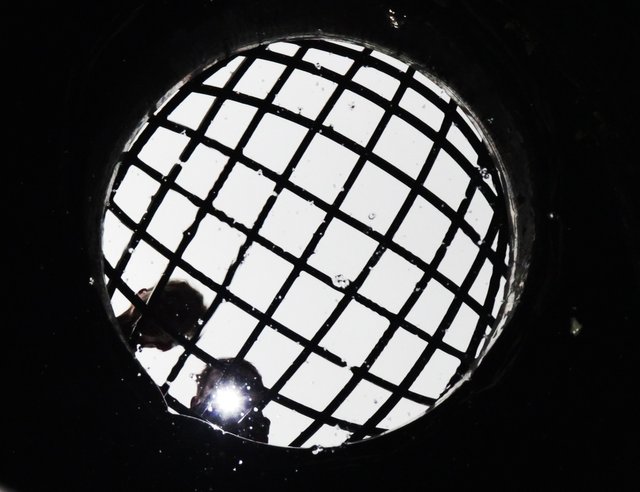
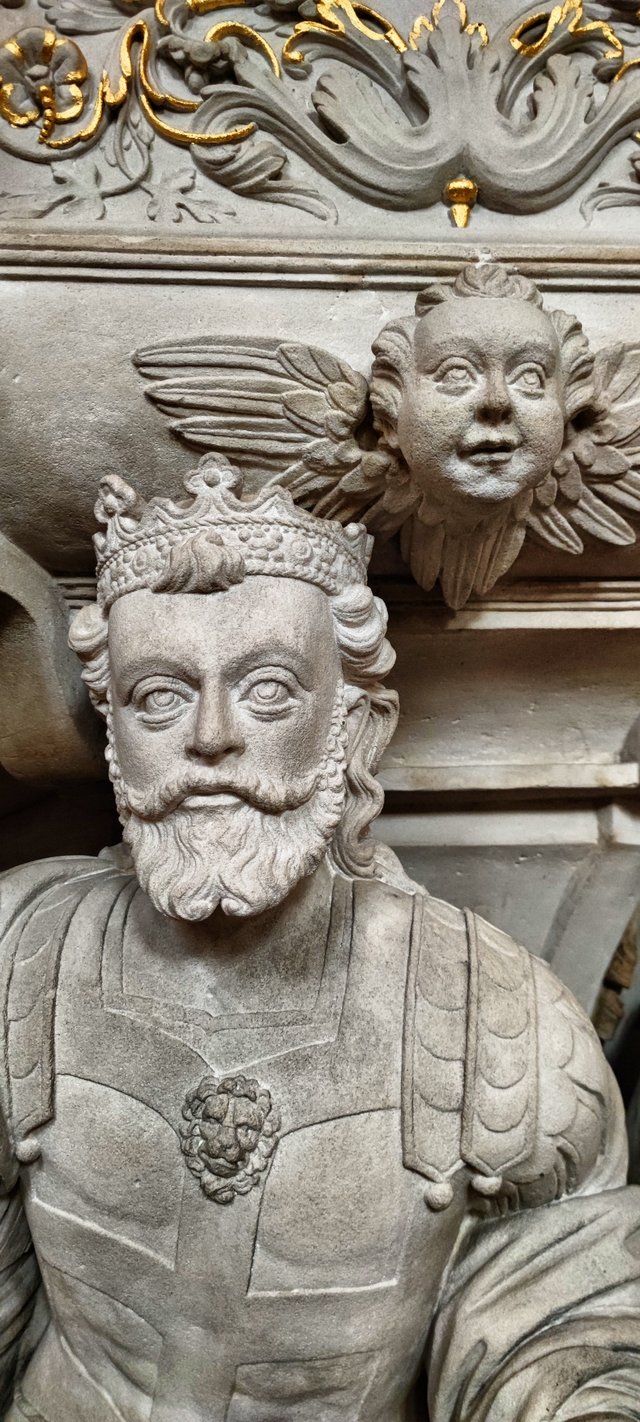
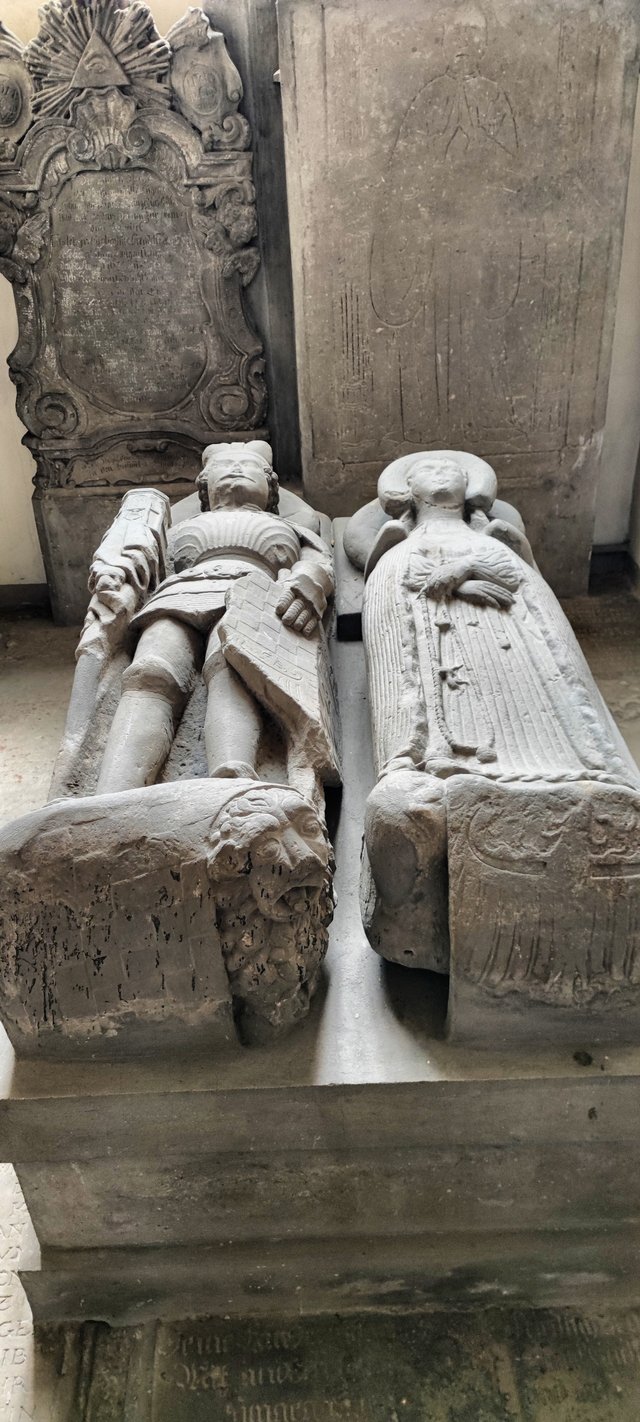
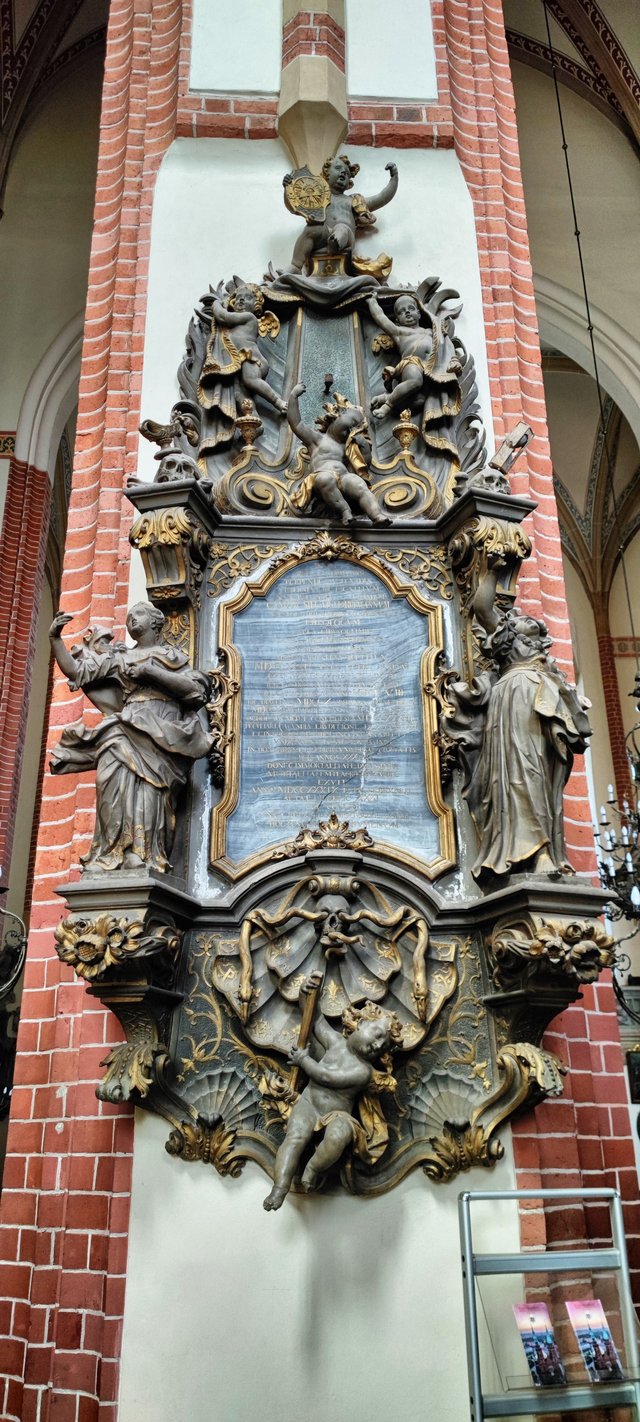
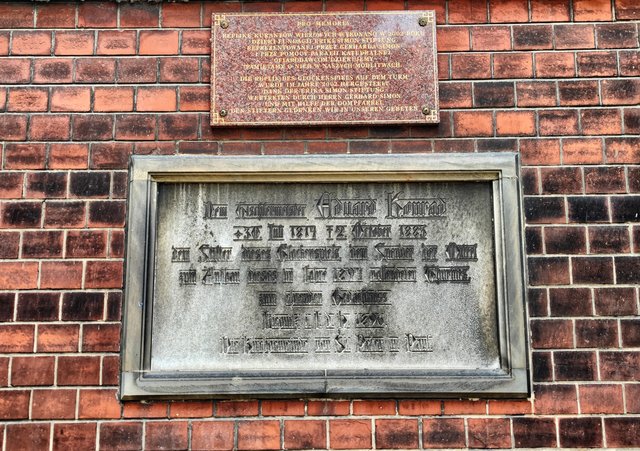
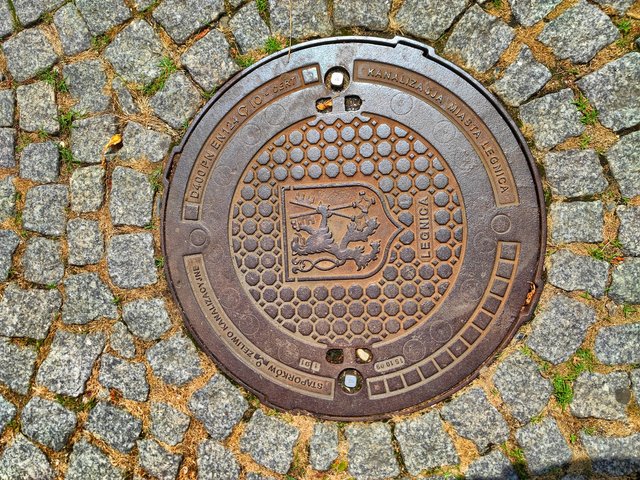
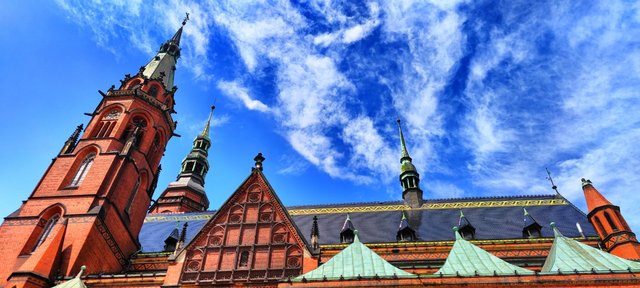
Congratulations @koenau! You received the biggest smile and some love from TravelFeed! Keep up the amazing blog. 😍 Your post was also chosen as top pick of the day and is now featured on the TravelFeed front page.
Thanks for using TravelFeed!
@for91days (TravelFeed team)
PS: Why not share your blog posts to your family and friends with the convenient sharing buttons on TravelFeed?
Downvoting a post can decrease pending rewards and make it less visible. Common reasons:
Submit